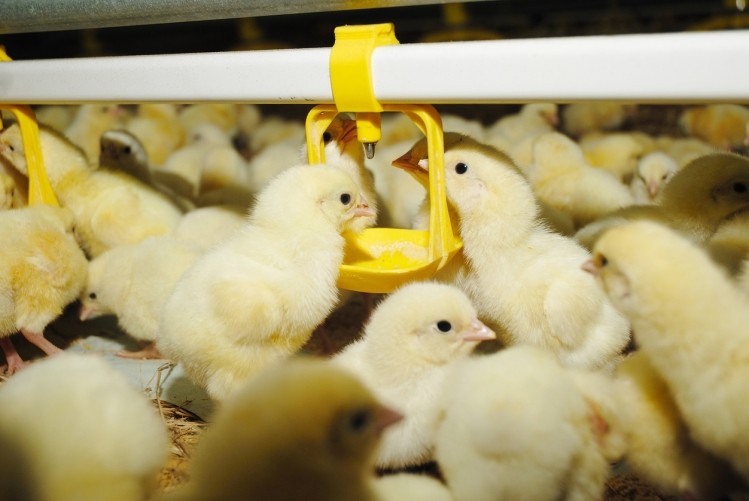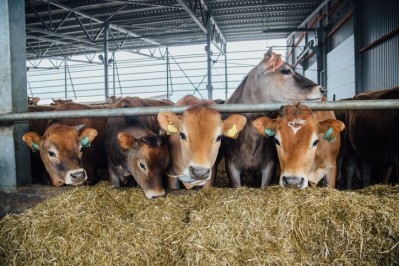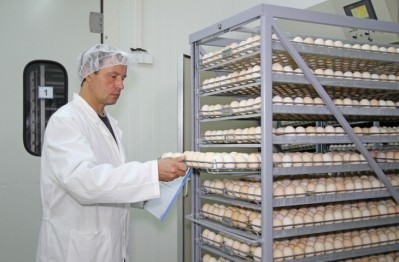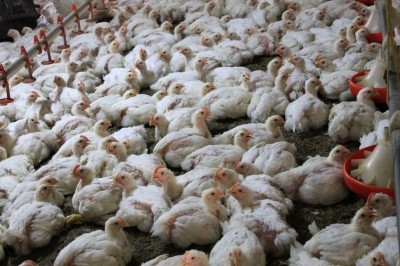US: Bell and Evans hatchery focuses on offering feed earlier

The hatchery had its grand opening last week, however it is not set to see the first set of eggs brought in until the start of August, said Scott Sechler, company president. Work on the facility is still being completed.
When the Pennsylvania-based company started thinking about building a hatchery, Sechler went to Europe to examine different styles, he told FeedNavigator. “We found a hatchery style that reminded me of how we did things when I was a kid,” he added.
Hatchery design and development
At one point in time, said Sechler, newly hatched chicks were manually removed from the incubator and given access to feed and water prior to moving to a growing facility.
However, many US producers have moved away from that system in recent years, he said. When in operation, the new facility will offer an updated version of that older practice.
“When they chirp out of the shell, [the chick will] drop into a hole onto a tray below, and the tray has feed and fresh water,” he said. “As soon as they come out feed and water are available – they may have three days before they’d get it when they arrive at the farm. They have a much better chance of survival because they didn’t eat up their body value in the dark.”
In other hatching systems, chicks may not be provided with feed and water until they are moved from the hatchery to the farm where they would be raised, he said. So chicks that hatch earlier have to wait until the rest of the batch hatches.
The trays providing feed and water also are lit to encourage chicks to be more active, said Sechler.
However, with a $40m price tag the facility likely was about twice as expensive to build as a more typical hatching facility, he said. The company worked with a European designer to plan the new hatchery and construction started in June of 2016.
The company has made a habit of focusing on quality in production rather than what is most cost effective, he said.
Bell and Evans also has purchased a specially designed trailer to move the young chickens he said. They’ll be heavier and give off more heat than chickens their age usually do so more ventilation will be necessary.
Once in operation, the facility is expected to house about 1.5m chicks, the company said.
Feed offerings
The company also is making some changes to how it will feed the hatched chicks, in addition to providing food earlier, said Sechler.
“We will have two big feed bins out front that will hold the organic mini pelleted feed – Cargill built a mini pelleting feed for us,” he said. “They’ll be organic, there will oregano in there from day one and that whole process will give the chickens a wonderful start.”
Many young chickens are provided a mashed or meal-like feed initially, he said. But the company is planning to offer a smaller than usual pelleted feed instead.
The goal with the pellets is to offer complete nutrition, because with a mashed product ingredients could separate during storage or transport, he said.
The farm does not use antibiotics with its chickens, said Sechler. The feed is formulated to include ingredients like oregano oil to control bacteria developing in the gut of the chicks, he said.
In addition, the feed the company uses is all vegetarian and does not include animal by-products, preservatives, fillers or extenders or hydrogenated oils, the company said.












